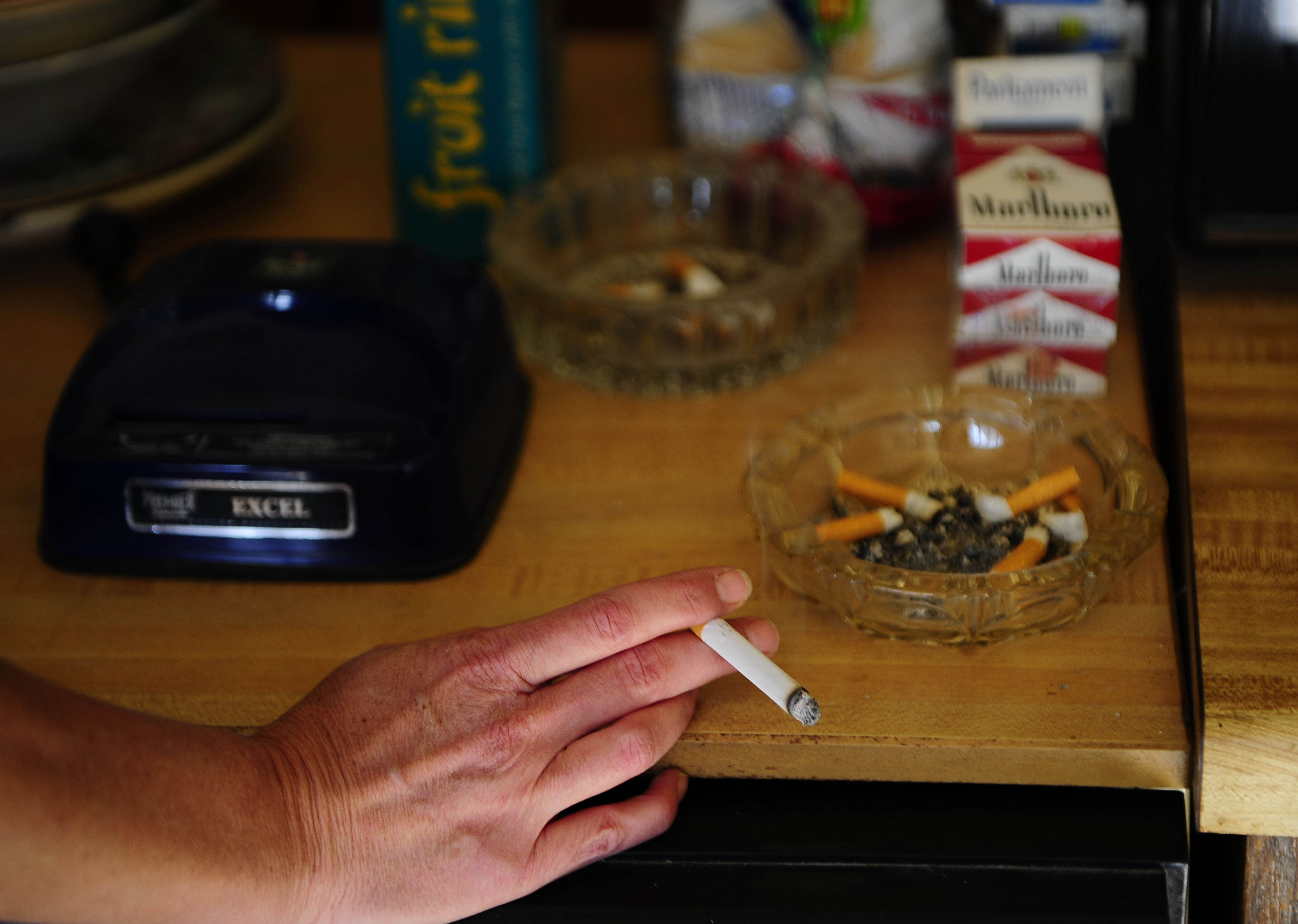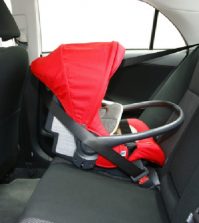- Study Says Most Parents Don’t Use Car Seats In Ride Share Vehicles Like Uber
- This 12-Year-Old Boy Is A Sophomore Aerospace Engineering Major!
- Fire Safety Experts Warn Of Hand Sanitizer Danger After A Mom and Kids Escape House Fire
- Recall Alert: Peaches May Be The Cause Of Salmonella Outbreak, 68 People Ill
- Summer Vacation In The Days Of COVID: Tips To Stay Safe
- How To Safely Grocery Shop During The Coronavirus Pandemic
- Michigan Teen With Vape-Related Illness Undergoes Double Lung Transplant
- Teen Kicks Off Anti-Vaping Campaign From Hospital Bed
- Teenager Receives Life Sentence For Strangling Sister To Death Over A Wi-Fi Password
- Toddler Falls To Death From 11th Deck of Cruise Ship
Research Suggests Thirdhand Smoke Is Dangerous To Children


We’ve all heard about secondhand smoke – but have you heard about thirdhand smoke?
New research now suggests it may be more dangerous to both children and adults.
When it comes to smoking, we all have a choice whether or not to. We also have a choice to be around it.
But how about it being stuck to us and our living spaces? That’s different and it’s called thirdhand smoke.
When it comes to kids, research shows that it’s potentially more dangerous than secondhand smoke.
A research article in PLOS ONE defines thirdhand smoke or THS as components of secondhand smoke which stick to our environments, like nicotine and carcinogens.
The research article focuses on fabrics inside our homes like drapes and furniture saying “nicotine exposure from THS residue can be 6.8 times higher in toddler” when they put these fabrics in their mouths versus accidentally inhaling the smoke.
It’s not just indoor fabrics, – THS residue is in clothing too.
Children and non-smoking adults may be at risk of tobacco-related health problems when they inhale, swallow or touch substances containing thirdhand smoke. Babies and young children might have increased exposure to thirdhand smoke due to their tendency to put objects in their mouth and touch affected surfaces.
The only way of protecting children and nonsmokers from thirdhand smoke is to create a smoke-free environment.








0 comments